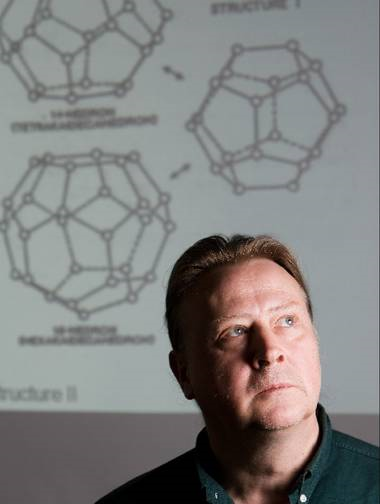2572
Scientific Program

Bjorn Kvamme
University of Bergen, Norway
Title: Molecular simulations of surfactant-modified interfaces: Numerical tools and analysis
Biography:
Bjorn Kvamme has obtained his MSc in Chemical Engineering (1981) and PhD in Chemical Engineering (1984) from the Norwegian University of Technology and Natural Sciences. He is appointed as a Professor in Gas Processing at the Department of Physics, University of Bergen in March 2000. He is the author/co-author of 422 publications during last 25 years, of which 148 are in good international scientific journals. He has 2270 citations as per May 1, 2017 and has numerous papers at international conferences.
Abstract
Carbon dioxide is one of the two main components of the alternating water/CO2 flooding technique which has proven highly effective for improving the efficiency of enhanced oil recovery (EOR). However, carbon dioxide from smaller sources, such as CO2 separated from hydrocarbon streams originating in CO2 rich fields, is still considered to be a waste and often released into atmosphere. It is our belief that we can achieve a similar effect via injecting emulsion like mixture of water, CO2 and a dual-action agent. The dual nature of the surface active component refers to its affinity towards both water/CO2 and water/hydrocarbon interfaces. A portion of injected CO2 will remain inside the reservoir and thus safely stored underground, with remaining injected fluids contributing to enhanced petroleum recovery. The proposed approach will be financially feasible for small carbon dioxide sources, while effectively combining CO2 storage with EOR. The success of this technology will rely on pinpointing surfactant candidates with desired properties, i.e., identifying components exhibiting interfacial activity for both interfaces. We have chosen molecular dynamics (MD) as our main scientific tool for evaluation of various surfactant structures, their behavior and relative impact on the interfaces of interest. MD simulations are computationally intensive at relevant system sizes, so we have established a computational framework allowing a desktop to perform at speeds until recently only possible for supercomputers. Benchmarks showed that our consumer-grade desktop with eight core Intel CPU and two Nvidia GPUs routinely outperformed four Cray XE6m supercomputer nodes. Evaluation of surfactants involves sophisticated analysis of MD data describing the interfacial systems. Traditional techniques involving density profiles have proven to be insufficient to capture the structure of roughened interfaces. We have implemented a more advanced method providing a more accurate description of interface involved, allowing us to study about their structure properties in detail.
- Petroleum Geology
- Geophysical Exploration
- Hydraulic Fracturing
- Advanced Drilling Technologies
- Petroleum Refineries
- Computer Applications in Petroleum Engineering
- Computational Modelling
- Petroleum Desulphurization
- Reservoir Engineering & Reservoir Simulation
- Advanced Natural Gas Engineering
- Petrophysics & Petrochemistry
- New frontiers in Petroleum Engineering
- Major Challenges in Petroleum Industry
- Environmental Impacts in Petroleum Engineering
- Petroleum Substitutes
- Petroleum Economics

